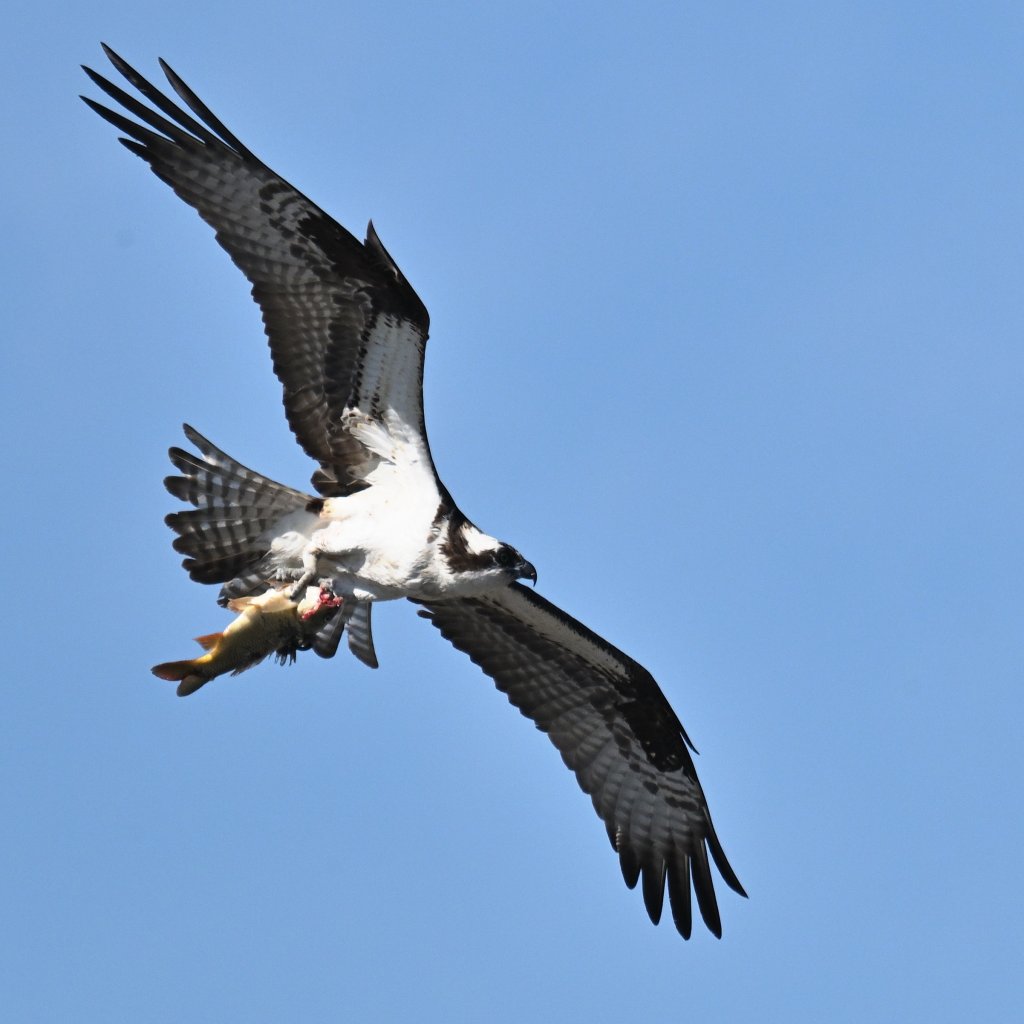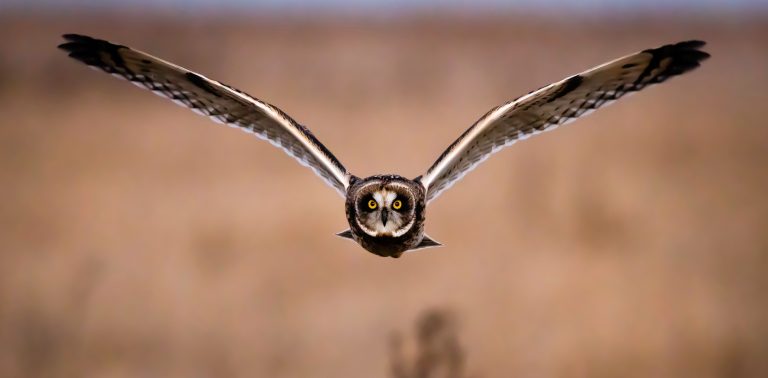As the BC Bird Trail expands throughout the province, we wanted to shine a light on the people on the ground in these communities. Learn more about the bird-watching experiences in these destinations through the eyes of the experienced locals with our BC Birders profile series.

John Woods is a retired wildlife biologist and writer living in Salmon Arm, British Columbia. He specializes in birding-by-ear and enjoys recording bird songs and calls in the field.
John was always very outdoorsy. His older brother hunted, and he would tag along. The moment John began using binoculars, he started noticing birds. Binoculars “are a real gateway to seeing the birds in the detail you need to tell species apart.” His bold and curious knock on the door, coupled with the kindness of an older person, introduced him to the avian world. John started accompanying scientists from the museum in the field on bird and bat banding trips. He also joined the junior naturalist club that met on Saturday mornings at the ROM. John made a few birding buddies there and spent many of his teenage years with expert bird-banders and bat-banders until he eventually became one.
“So, I knocked on the ROM (Royal Ontario Museum) Ornithology Department door and asked to see their passenger pigeon specimens. I was 14. Jim Bailey, Assistant Curator of Ornithology, answered, set me up at a table, and showed me how to carefully look at the trays of bird study skins. Imagine, eye-to-eye with extinct birds! I’ll never forget that afternoon!”
John Woods
At 17, John was a summer park naturalist at Algonquin Park. “Everyone there was a keen naturalist—all of us!” John studied biology at the University of Guelph and was hired as a full-time Park Naturalist at 1000 Islands National Park, “making my living studying nature and telling people all about it.” This proved a constant for John, who went on to become a professional zoologist, with years as Chief Naturalist and Wildlife Biologist at Mount Revelstoke & Glacier National Parks, other times researching and banding owls and bats, studying elk, grizzly bears, and caribou, and teaching field ornithology at UBC. John notes that he remained very “aware of the bird life the whole time, no matter what other projects he had on the go. Observing nature and bird-watching is part of my lifestyle.”


John recommends birding with someone who already knows the birds in your area and checking out local listings for events and bird walks offered by naturalist groups. Also, buy binoculars, which “must be around your neck and always use two hands.” He encourages new birders to purchase modern, lightweight, waterproof binoculars.
Salmon Arm Wharf and the foreshore of Shuswap Lake, right in town, are two places John enjoys watching birds. He describes the western grebe’s courtship dance, which can be witnessed up close at the end of the Salmon Arm Wharf during May and June. “They build a floating nest. Their courtship is an elaborate greeting ritual with head-twisting and splashing water. Suddenly, a courting pair will be rearing up on their hind legs, skittering across the lake together, leaving a trail of froth, then plonking down again. It’s spectacular.”

Unlike many birders, John relies on his ears as much, or more than, his eyes to identify birds. “The magic of bird-listening is that I can find them when they are hidden from sight.” So far, he’s counted nearly 300 bird species in British Columbia. Cornell asked him to review bird sound recordings for the Merlin app during the first winter of COVID. John listened to 6000 birds and annotated them on the screen.
In the southern interior of British Columbia, Common Loons is his favourite springtime singer. The yodels and tremolo calls of adult loons fighting over territories on their breeding lakes is a natural symphony during the first few weeks after the winter ice is off the lake. These great acoustic battles often last throughout the night. Sandhill cranes also rate high in his favourites list with the crane’s guttural vocal proclamations evoking a glimpse of what it must have sounded like during the age of the dinosaurs.
In summer, John enjoys observing the juvenile American white pelicans summering on Shuswap Lake. These birds are often visible from the Salmon Arm wharf.

In August and September, John witnesses thousands of birds on the mudflats in Salmon Arm Bay—shorebirds, ducks, geese, and swans all using the Shuswap as a migration stopover. While the greatest diversity of bird species can be seen along the shores of Shuswap Lake, a network of trails offers the opportunity to find different species as you hike to higher elevations.
The wharf is ideal for birding newbies. John recommends using the bird checklist for the “Salmon Arm Bay (General)” hotspot on eBird and encourages you to leave your own eBird list. “During spring and fall, it isn’t unusual to list more than 70 species of birds in Salmon Arm Bay on a single day”. John remarks that the shorebird numbers and diversity here are amazing. “This is the best place to see variety and large numbers of shorebirds in British Columbia’s interior.” Also, check out the Shuswap Naturalist Club website (John is a member) and ask questions from other bird-watchers you are likely to see on the wharf. “When I talk to bird-watchers, especially beginners or people from other areas, I recall how others have taken time to share their knowledge with me.”
Looking to start your own birding adventure in the Shuswap? Check out The Shuswap Bird Trail Outpost!



